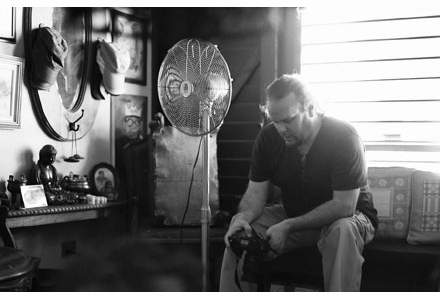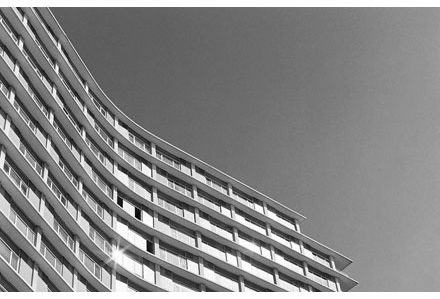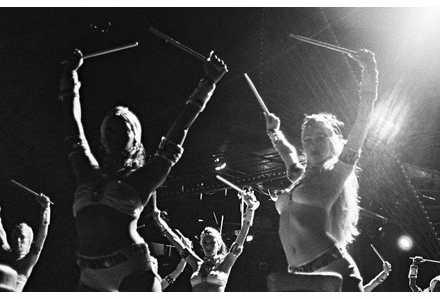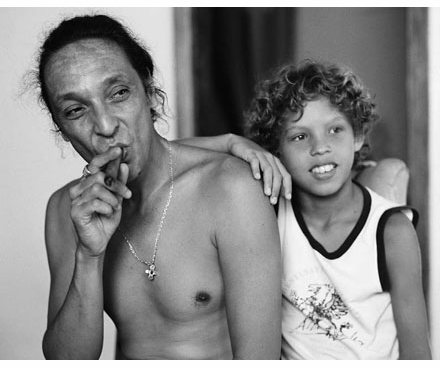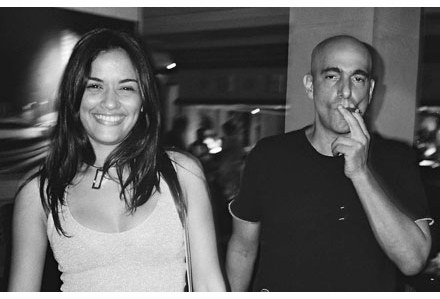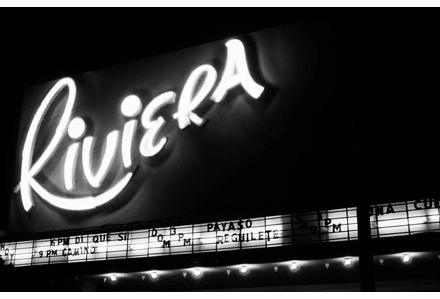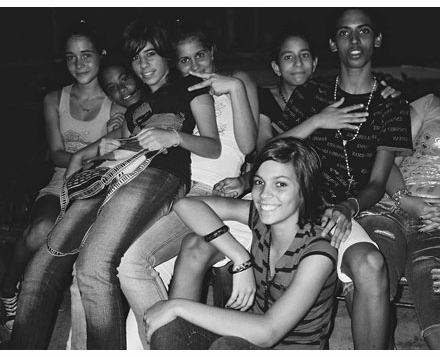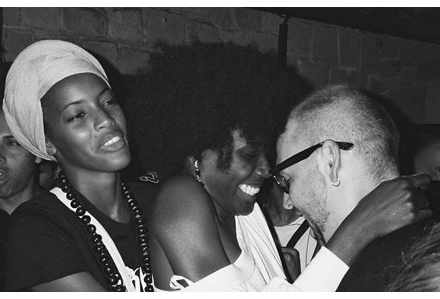| RECENT POSTS DATE 12/11/2025 DATE 12/8/2025 DATE 12/3/2025 DATE 11/30/2025 DATE 11/27/2025 DATE 11/24/2025 DATE 11/22/2025 DATE 11/20/2025 DATE 11/18/2025 DATE 11/17/2025 DATE 11/15/2025 DATE 11/15/2025 DATE 11/14/2025
| | | CORY REYNOLDS | DATE 11/22/2011On Tuesday, November 29th from 7:30-10:30pm, the Miami select shop BASE will host photographer Michael Dweck, signing copies of his new book, Habana Libre. Below is a selection of images from the book, along with Dweck's Foreword.
Photographer Camilo Guevara, Che Guevara's son, in Habana, 2009.
"The Malecon, after midnight. Hundreds of lovers on the wall, as if the night wasn’t steamy enough. Below them the sea, breathing slowly. Beyond them the nightlife of Havana. Not Old Havana, not those postcards. The real city, two million strong, most of which are awake.
At Turf, Dj.Joy making the music. So much smoke that it fills the small spaces between the fibers in your clothes. Drinks and cigarettes. Connections to be confirmed later. Maybe 50 people outside the club by the velvet rope, awaiting a nod to enter that may not come.
The Riviera, built by mobster Meyer Lansky in 1957. Habana, 2010.
Avenida de los Presidentes, dense with teenagers. Small groups hang together. Skateboarders rolling around monuments to revolutionary heroes. Girls with a look, flitting and flirting. The clothing of choice seems to be heavy metal black. Everyone finds their place, their circles, their friends, and it is surprisingly quiet. Maybe 1000 kids by 3am.
One night. One square mile of Havana.
Club Tropicana dancers still bringing the house down. Habana, 2010.
Surprise to many in the world, and most in the United States: there is happiness in Cuba. The US policy is crushing, socialism is an empty closet and the country seems held together by average families masterfully adept at jerry-rigging their day-to-day existence. Really, Cubans may be the most ingenious people on the planet.
Artist Carlos Quintana. Habana, 2009.
Yet, despite the negative wire-service photographs imprinted on the world’s brain, there’s a pretty good life here for many. To name a few: artists and directors and actors and models and musicians. The creative class.
Soon after Fidel Castro came to power in 1959 he signaled his intent to promote Cuban culture. Other decrees promoted education and medicine. Today the culture is rich and proud. Literacy is almost unequalled in the world. Medical knowledge and care are superior. And the country is broke.
Roselyn Mereno Pérez and Alejandro Castro, Fidel Castro's son. Habana, 2009.
Here, on an island of survivors, there are those who survive better than others. Some are embarrassed about it. Others are afraid to draw attention to it for fear the socialist government will do something to them for having a good life.
Here’s the t-shirt: Cuba. It’s complicated.
Twenty cent movies still play at the famous old movie house, including
American films. Habana, 2009
Yari, bangs and beautiful, part of the life. A member of several farandulas, small circles of friends intersecting like Olympic rings. Each ring an interest: music, or fashion, or clubs or art. One farandula even alerts her to the party-of-the-night, the letters PMM chirped to her cell phone: Por Mejor Mundo, For A Better World. With directions.
Avenida de Los Presidentes, 2:15 am. Hundreds if not thousands of kids
on the street, being young. Habana, 2010.
Actual money, she proves, is not always necessary for the above-average life. But farandulas, that’s different. Social connection trumps politics, status or wealth. A model dates a photographer who is friends with a musician whose song is chosen by a director for a film with an actor who admires the work of an artist who uses the model for a model.
Januaria and Jany mingle it up at Turf. Verdado, Habana, 2009.
Here are the other photographs, then, of the other faces of Cuba. They are international, yet travel is difficult if not impossible. They are fashionable, though Cuban couture is an oxymoron and anyway there are no stores. They are socialists who would be lost without capitalism to sell their creative wares in the world’s markets. They are the privileged class in a classless society.
Their lives are complicated. But that’s Cuba."
-Michael Dweck, excerpted from Habana Libre. Image captions are also by Michael Dweck.
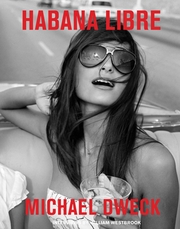 Damiani
Hbk, 9.75 x 12.5 in. / 290 pgs / multiple gatefolds / 21 color / 214 duotones.
| |
|

